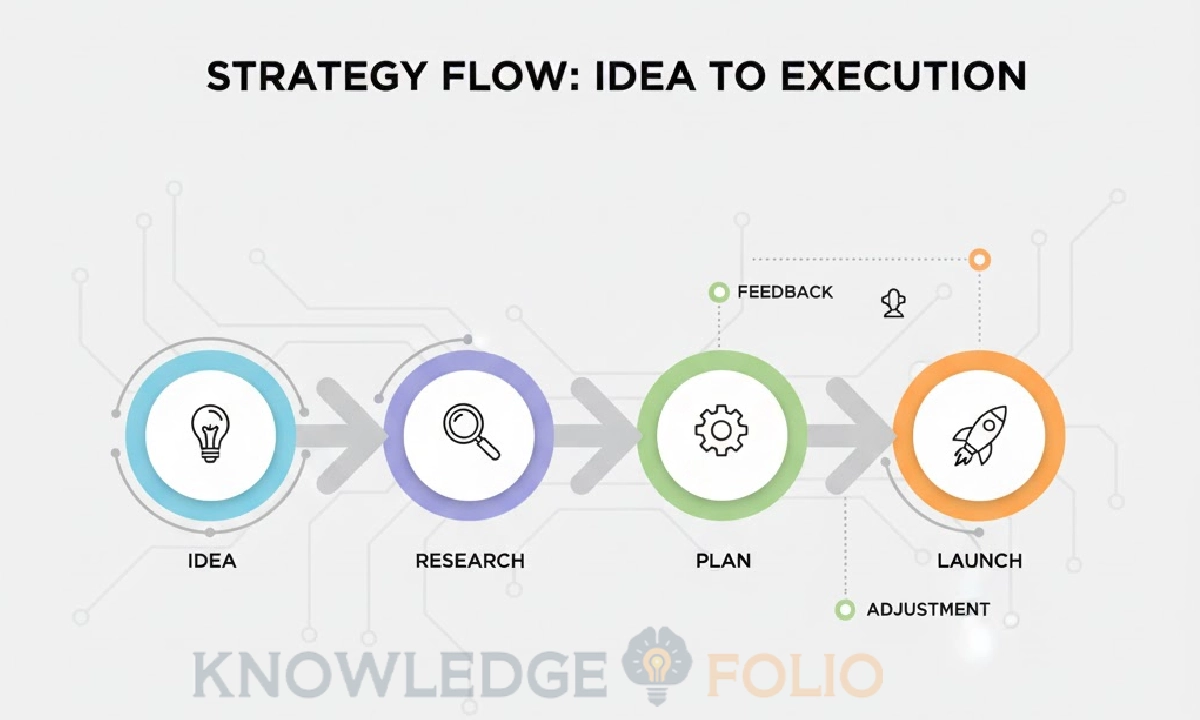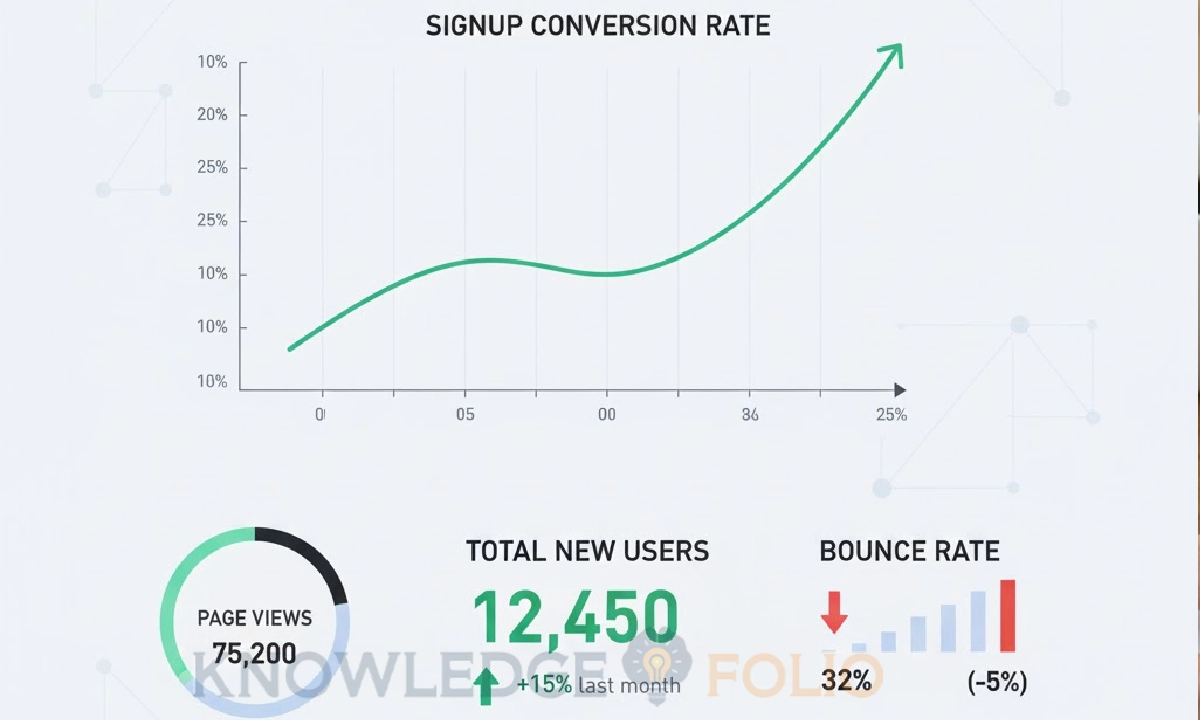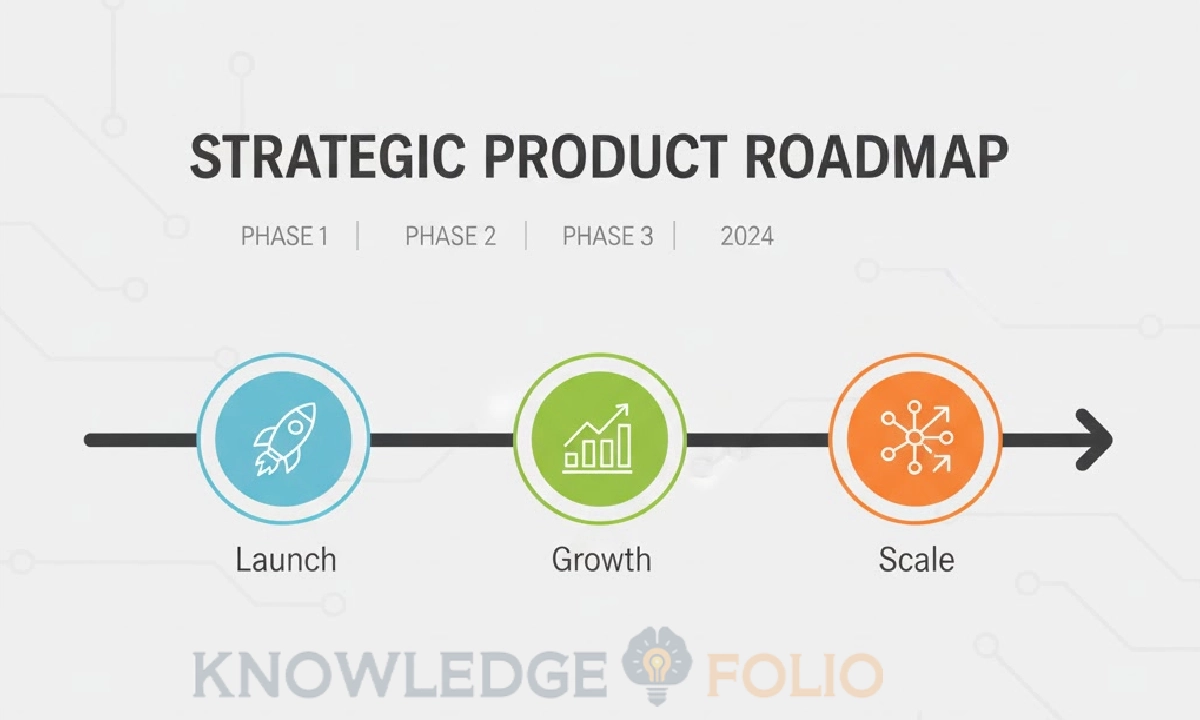90% of startups fail. Half of them run out of money. The other half builds products nobody wants. Both problems trace back to the same root cause: no clear strategy from day one. A startup strategy isn’t a 50-page business plan gathering dust. It’s your decision-making framework—the rules you follow when choosing what to build, who to serve, and how to grow. Without it, you’re guessing. With it, you’re testing.
This guide shows you how to create a startup strategy that actually works. You’ll learn how to validate your idea, build a sustainable model, find your first customers, and scale without burning through your runway.
What Makes a Winning Startup Strategy?
A winning startup strategy defines your target market, validates customer demand before building, establishes a sustainable business model, and creates a clear go-to-market plan. It answers four questions: Who are you serving? What problem are you solving? How will you make money? How will customers find you? Most importantly, it includes measurable goals and decision criteria for when to adapt your approach.
Understand What a Startup Strategy Means

Why Strategy Matters More Than the Idea
Your idea doesn’t matter. Execution does.
Dropbox wasn’t the first cloud storage company. Google wasn’t the first search engine. Facebook wasn’t the first social network. They won because they executed a better strategy—not because they had better ideas.
A startup strategy connects your vision to daily actions. It tells you what to build first, which customers to target, and where to spend limited resources. Without a strategy, founders waste months building features nobody wants, marketing to the wrong audience, or hiring too early.Strategy keeps you focused when distractions pile up. Should you add that feature? Should you attend that conference? Should you hire a sales rep? Your strategy gives you the answer.
Common Mistakes Founders Make Early On
First-time founders make the same strategic errors over and over.
They build for too long without talking to customers. They launch without understanding who will pay them. They hire friends instead of filling skill gaps. They raise money before proving their model works. The biggest mistake? Confusing activity with progress. You can be busy all day and still move backward if you’re working on the wrong things.
Another trap: trying to serve everyone. When your target customer is “anyone who needs this,” your target customer is nobody. Narrow your focus. Serve one type of customer extremely well before expanding. Finally, founders skip validation. They assume they know what customers want. They don’t test their assumptions. Then they launch and discover they built the wrong thing.
Define a Clear Market and Problem
Start with one question: Who has this problem so badly they’ll pay you to solve it?
Not “who might benefit from this.” Not “who could use this someday.” Who feels this pain right now and has money to fix it? Your target market should be specific. “Small business owners” is too broad. “Accounting firms with 5-15 employees struggling to manage client documents” is specific. The more precise your target, the easier everything else becomes.
Talk to these people. Ask about their current solutions. Learn what they’re already paying for. Understand why those solutions fall short. Your job isn’t to sell—it’s to listen.Customer pain points shape your solution. Don’t build what you think is cool. Build what actually solves their expensive, time-consuming problems.
Look for problems that cost money or waste time. These are the ones people pay to fix. Convenience features are nice. Money-saving or time-saving solutions are essential. Map out your customer’s day. Where do they struggle? What tasks do they avoid? What keeps them up at night? Your solution should directly address these friction points.
Validate Before You Build

When and How to Test Your Idea
Validation comes before coding. Before designing. Before anything.
Start with conversations. Find 30 people who match your target customer. Ask them about the problem. Show them mockups. Describe your solution. Watch their reactions.Real validation means someone commits. They pre-order. They sign a letter of intent. They agree to pilot your product. Talk is cheap. Commitment proves demand.
Build a landing page that describes your solution. Drive traffic to it. Track how many people sign up for your waitlist. If you can’t get 100 people interested in your idea for free, you won’t get them to pay later. Create a minimum viable product (MVP) that solves the core problem. Not the full vision. Just enough to test whether your solution works. Charge money for it, even if it’s imperfect.
Before you move into execution, spend time validating your business idea to ensure real customer demand exists.Set your validation criteria upfront. How many paying customers prove demand? What conversion rate makes this viable? Define success before you start testing.
Build a Sustainable Business Model
Show How to Align Revenue With Long-Term Growth
Your business model answers one question: How do you make more money than you spend?
Start with unit economics. How much does it cost to acquire one customer? How much revenue does that customer generate? If acquisition costs more than the customer pays, you don’t have a business—you have a hobby. Calculate your customer lifetime value (LTV). Multiply average purchase value by purchase frequency by customer lifespan. A customer who pays $50/month for 24 months has an LTV of $1,200.
Your customer acquisition cost (CAC) should be less than one-third of LTV. If LTV is $1,200, you can spend up to $400 to acquire that customer. Spend more and you burn cash faster than you earn it. Map your revenue streams. Do customers pay once or repeatedly? Subscription models create predictable revenue. One-time purchases require constant customer acquisition.
Consider your profit margins. A $100 product with $90 in costs leaves $10 profit. You need volume or higher prices to build a sustainable business. Build financial projections for three scenarios: best case, expected case, and worst case. Know your numbers. Track them weekly. Adjust when reality diverges from projections.
Develop Your Go-to-Market Plan

Marketing, Sales, and Customer Acquisition Tactics
Your go-to-market plan gets your product in front of paying customers.
Start where your customers already are. Don’t guess. Ask them during validation interviews. Do they read certain websites? Follow specific influencers? Attend particular events?
Choose 2-3 acquisition channels maximum. Master these before adding more. Spreading yourself thin across ten channels means failing at all of them.
Content marketing works when you’re teaching, not selling. Create guides that solve real problems. Rank in search engines for terms your customers already search. This takes time but costs less than ads. Paid advertising delivers fast results but requires a budget. Start small. Test different messages. Track which ads convert. Scale what works. Kill what doesn’t.
Partnerships accelerate growth. Find companies that serve your target customer with complementary products. Propose affiliate deals, co-marketing campaigns, or referral agreements. Once you’ve completed initial market research, finding profitable business ideas becomes the foundation for crafting a winning strategy.
Your sales process should be documented. What happens after someone shows interest? Who follows up? When? What do you send them? Map each step from first contact to closed deal. Track your conversion rate at each stage. How many leads become qualified prospects? How many prospects become customers? Identify where people drop off and fix those gaps.
Measure, Adapt, and Scale
Key Performance Metrics for Early Startups
You can’t improve what you don’t measure. Pick 5-8 core metrics and track them weekly.
Your north star metric should reflect real value delivery. For SaaS, it might be active users. For e-commerce, orders per customer. For marketplaces, transaction volume. Choose the number that best indicates business health.
Track your burn rate—how much cash you spend each month. Divide your cash balance by burn rate to find your runway. If you have $100,000 and burn $10,000 monthly, you have 10 months of runway.
Monitor customer acquisition cost and customer lifetime value. These numbers tell you if your model works. If CAC rises or LTV falls, you have problems before you run out of money.
Measure revenue growth month over month. Are you growing 10% monthly? 20%? Flat growth means your strategy isn’t working. Negative growth means you’re moving backward.
Watch your customer retention rate. How many customers stay past month one? Past month six? High churn indicates product problems or wrong-fit customers.
When to Pivot or Double Down
Strategy adaptation requires honest assessment. Are your core assumptions wrong, or is execution falling short?
Pivot when you’ve genuinely tested your hypothesis and the data proves you’re wrong. Not after one bad month. After three months of consistent negative signals.
Signs you need to pivot: customers don’t use your product after buying it, acquisition costs keep rising, churn stays high despite fixes, or revenue growth stays flat despite efforts.
Double down when early indicators work. Customers use your product frequently. They refer friends. Revenue grows month over month. Acquisition gets cheaper as you learn.
The middle ground kills startups. You’re not failing badly enough to pivot and not succeeding clearly enough to scale. Set decision triggers: “If we don’t hit $X revenue by Y date, we pivot.”
Test small pivots before major ones. Adjust your pricing. Target a different customer segment. Change your value proposition. Small changes reveal whether the business model is broken or just needs tuning.
Scale only after proving your model works. Can you predictably acquire customers? Do they stick around? Do your economics improve as you grow? Yes to all three means you’re ready to scale.
Frequently Asked Questions
How much money do I need to start implementing my startup strategy?
You can validate most startup ideas with $1,000-$5,000. This covers a landing page, initial ads to test demand, and tools to build an MVP. Many successful startups started with under $500 using free tools and pre-selling to fund development.
Should I focus on growth or profitability in the first year?
Focus on finding product-market fit first, which typically takes 6-12 months. Track whether customers use and pay for your product. Once you prove your model works with 10-50 customers, then decide: bootstrap for profitability or raise funds for growth.
How do I know if my target market is too narrow?
Your initial market should have 10,000-100,000 potential customers and a clear way to reach them. Too narrow means under 1,000 customers or zero acquisition channels. Too broad means “everyone” or multiple unrelated customer types. Start narrow, then expand after winning your initial segment.
What’s the difference between a pivot and just giving up?
A pivot keeps your core insight but changes your approach—new customer segment, different pricing model, or alternative product features. Giving up means abandoning the problem space entirely. Pivot when your solution is wrong but the problem is real. Quit when the problem isn’t worth solving.
How often should I update my startup strategy?
Review your strategy monthly during year one. Assess whether your assumptions still hold and your metrics are improving. Make small adjustments monthly, but save major pivots for quarterly reviews after you’ve collected enough data to spot real trends versus random fluctuations.
Conclusion
A winning startup strategy requires four elements: a defined target market, validated customer demand, sustainable unit economics, and a clear go-to-market plan. Most startups fail because they skip validation or ignore their numbers. They build for too long without customer feedback. They scale before proving their model works. They run out of money before finding product-market fit.
Your strategy should guide every decision. What to build. Who to target. Where to spend. When to pivot. Without it, you’re hoping. With it, you’re testing and improving. Start small. Validate fast. Build a model that works at 10 customers, then scale to 100, then 1,000. Track your metrics. Adapt when data says you’re wrong. Double down when you’re right.
The startups that win don’t have the best ideas. They have the clearest strategies and the strongest execution. Build yours today.



